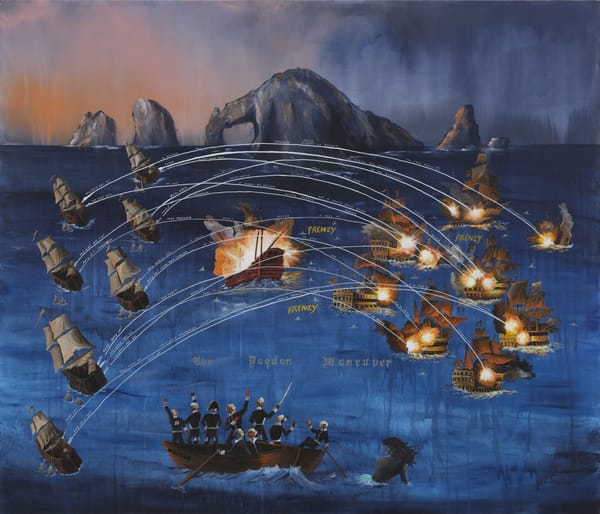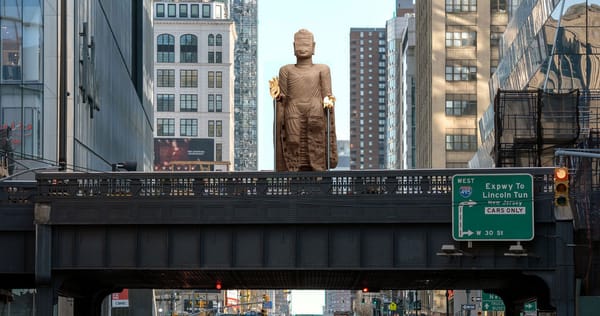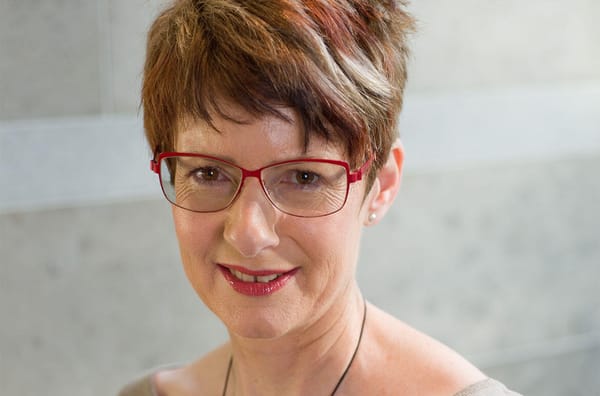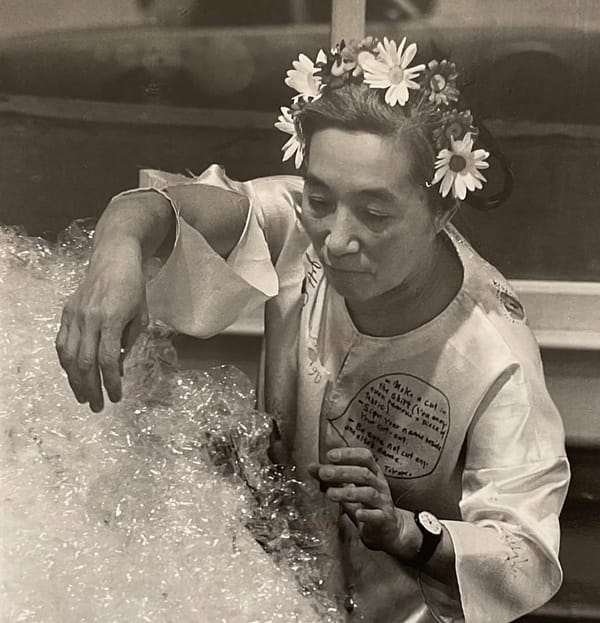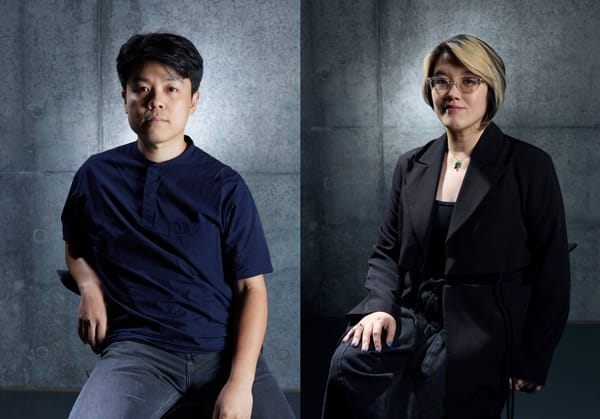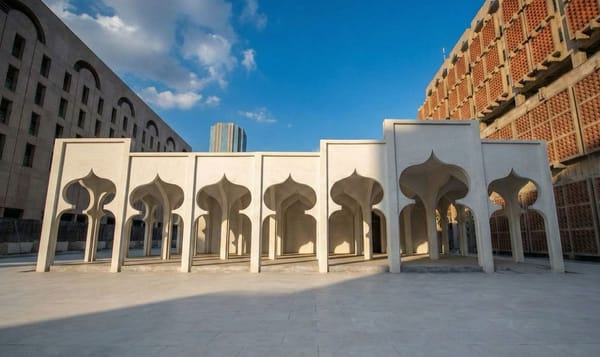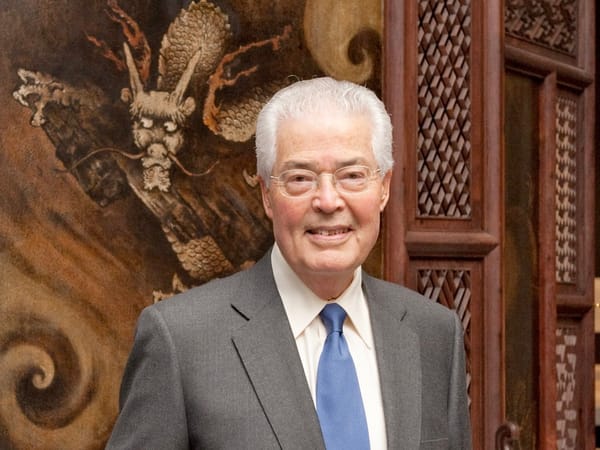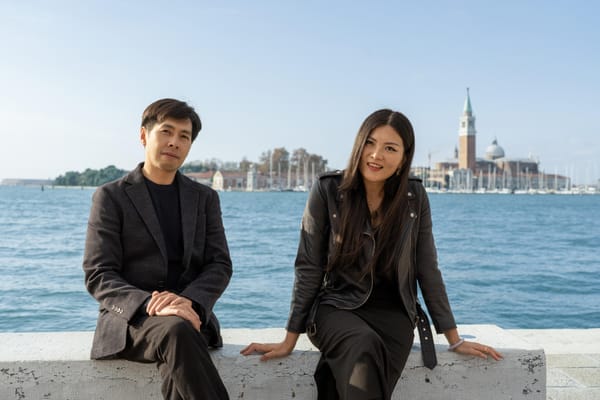News
Kim Tae-Ho (1948–2022)
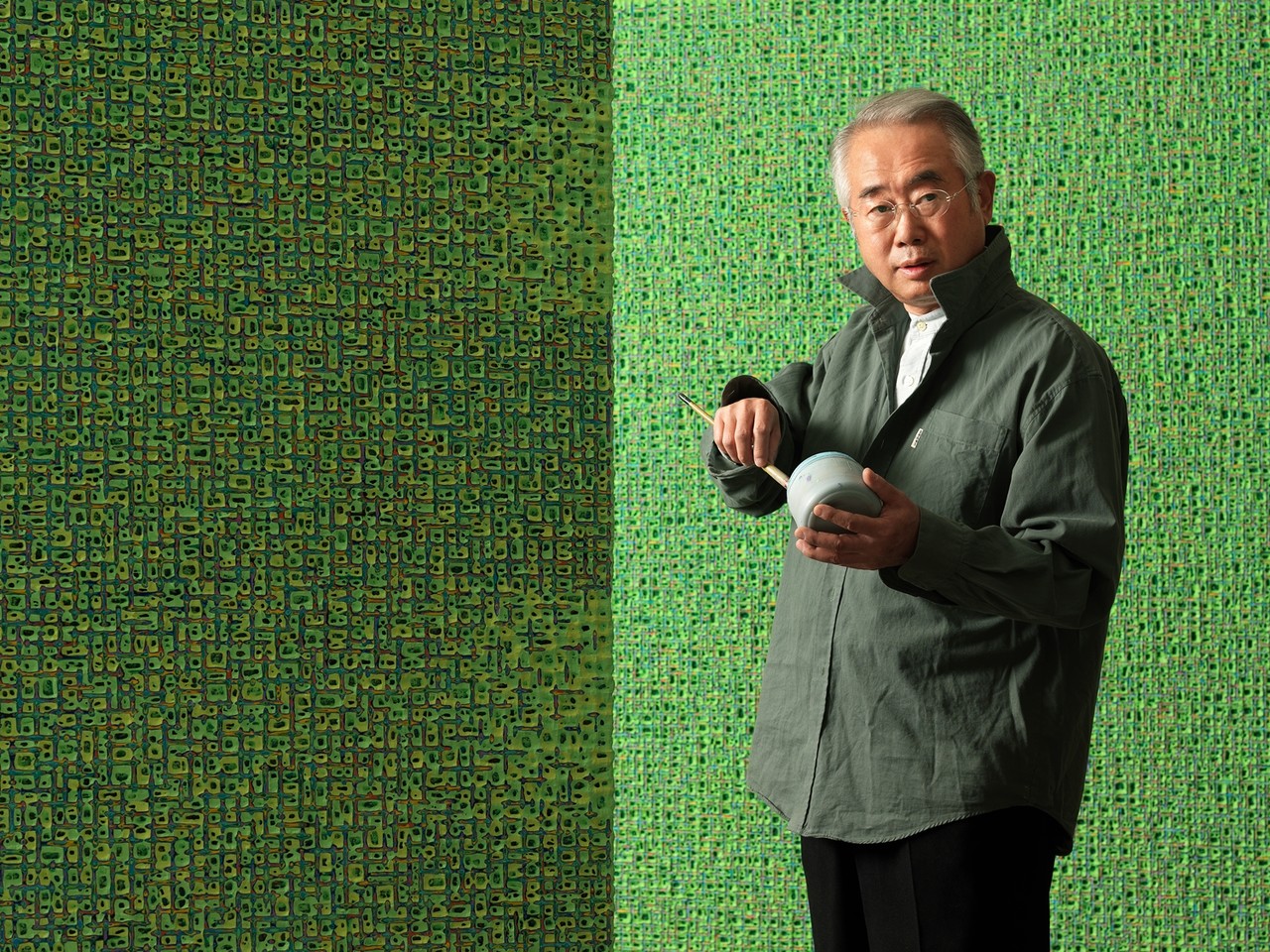

Kim Tae-Ho, known as the “beehive artist” of the Dansaekhwa movement, died of sepsis in Busan on October 4 at the age of 74.
Born in Busan in 1948, Kim moved to Seoul to attend the Seoul Arts High School, where he met Park Seo-Bo and became his disciple. Later on, he was enrolled in Hongik University to study paintings under abstract painter Yoo Youngkuk and Dansaekhwa pioneers such as Ha Chong-Hyun and Chung Sang Hwa. Influenced by their philosophies, Kim also became a key member of the Dansaekhwa movement in Korea and experimented with abstraction and monochrome paintings. In 1972, he graduated with a bachelor’s degree from the College of Fine Arts, and in 1984, he also obtained a master’s degree from the Graduate School of Education at the same university. Three years later, Kim started teaching as a professor at Hongik University until 2016.
Kim is known for his rigorous and dedicated exploration of themes such as space and form. By 1977, he created his first series Form, inspired by shutters that cover the windows of the commercial buildings. The series of paintings features figures hidden under the bar-shaped composition on the canvas. As the series developed, Kim began to experiment with layering traditional Korean hanji paper onto the canvas, a decision that resulted in the textured appearance of his works that would find its fullest expression in his best-known series, Internal Rhythm.
First created in the mid-1990s, Internal Rhythm is the thematic counterpart to Form in its exploration of structure and space. From afar, the works resemble honeycomb and appear as large monochrome color fields, but this impression slowly gives way to the perception of depth, texture, and color as the viewer approaches the painting and sees the light catch on its corrugated surface. Kim’s multi-step process was meditative: After laying down a base white coat, he would draw a grid on the canvas and then proceeded to paint over the grid lines, methodically working his way down the canvas, in short and sure strokes that create raised bumps on the surface as the paint dried. The dried paint would create solid ridges that are repeatedly bisected, producing as many as 20 layers, and covering either all or parts of the surface throughout the process. Once the surface of the canvas was sufficiently raised, he scraped into it with a special sculpting knife, flattening the tops of the ridges, and carving depressions in the canvas that reveal the kaleidoscope of colors underneath.
Kim once wrote and explained how his creative process and its resulting colorful hatchwork pattern are encapsulated in the series’ title: “When I cut through the surface of the layers of twenty or more colors with a palette knife, the colors hidden underneath come alive, and they carry both the internal rhythm and the external composition.” The formal development of this series was explored by a selection of works at his last solo exhibition “Equilibrium Shifts” at Pearl Lam Galleries in Hong Kong, 2020–21.
He received numerous awards over his four-decade-long career, including the 2003 Grand Prize at the Second Buil Art in Busan, the 1980 “Frontier” First Prize at the Korean Art Exhibition at the National Museum of Modern and Contemporary Art, Seoul, and the 1977 Gold Prize from the same exhibition. His works have been collected by The British Museum, London; the National Museum of Modern and Contemporary Art, Seoul; Seoul Museum of Art; Busan Municipal Museum of Art; Daejeon Municipal Museum of Art; Shimonoseki Museum; and Art Museum of the Guangzhou Academy of Fine Arts, among others.
Park Seo-Bo expressed his grief and posted several old photos on Instagram: “Tae-Ho! I couldn’t stand before your dead body. I took you as a disciple when you were a freshman in high school, and we have been together for so long. The death of you, who was like a friend and child, was so unbearable that I couldn’t face it. Why are you in a hurry to go first? . . . Tae-Ho has always been the same to me. Thank you, thank you, thank you. When we see each other again, let’s have a drink together.”
Pamela Wong is ArtAsiaPacific’s associate editor and Monica Fernandez is ArtAsiaPacific’s editorial intern.
